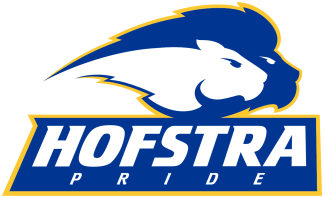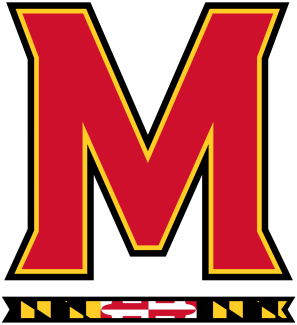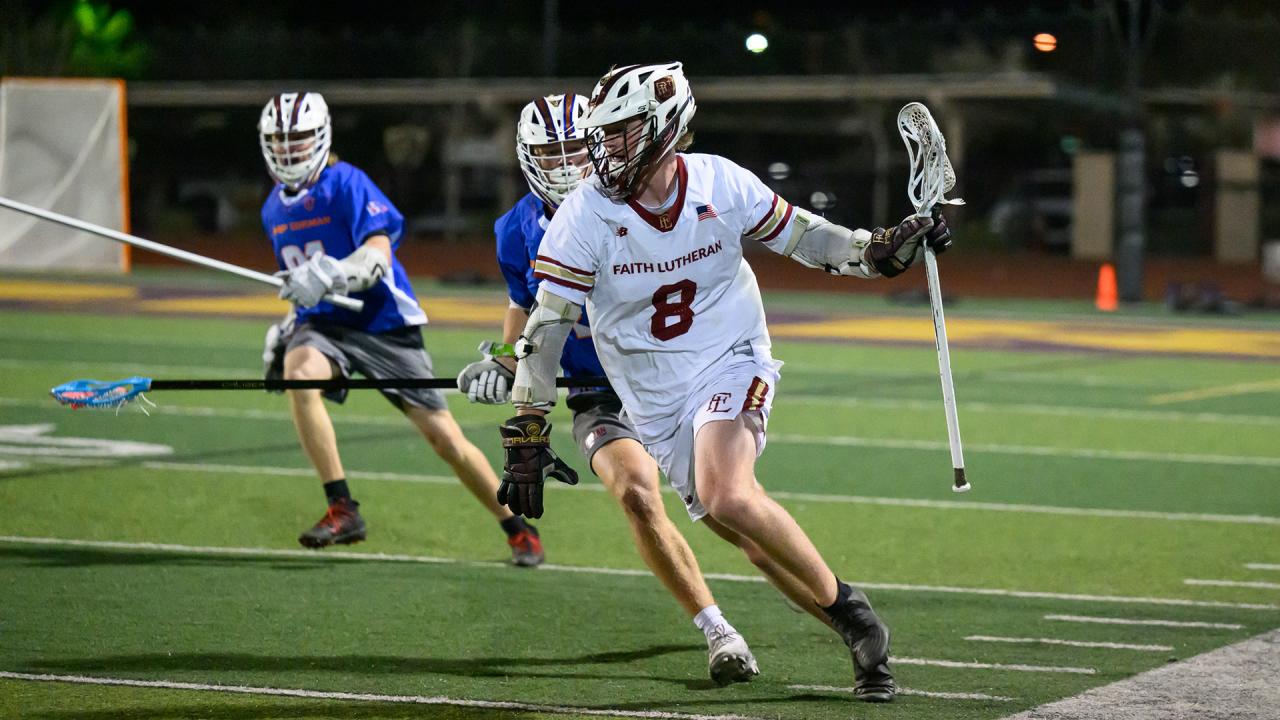Lacrosse took Dacia Persky across the country, from her hometown of Las Vegas to one of the county’s most prestigious academic institutions – Wellesley College in Massachusetts. Her transformative time on campus included an idyllic lacrosse experience where she scored more than 200 points in her career.
So, imagine Persky’s pride when, after returning home to Nevada, one of the young players she coached on her club team was set to sign on to play college lacrosse at her alma mater. Then imagine the disappointment she felt when she learned that this player wasn’t allowed to sign her letter of intent at her own high school because lacrosse isn’t officially recognized by the school.
Of the eight players from Persky’s club going on to play college lacrosse, only one was allowed to sign alongside their classmates from other sports at their own high school. Persky stepped in to create a signing day at the club team’s banquet so the players could have their moment, but remains perplexed as to why the high schools won’t embrace these outstanding students.
Such is the life for high school lacrosse advocates in Nevada who have been trying to get the sport sanctioned by the Nevada Interscholastic Activities Association (NIAA) for about a decade.
Justin Cutler, the head girls’ lacrosse coach at Galena High School and the president of the High Sierra Lacrosse League, has lived the challenge of trying to get the sport sanctioned repeatedly.
“We’ve worked with the NIAA over the last decade and connect with them on a yearly basis to see how we can move this forward to a fully-sanctioned, recognized varsity sport in the schools,” Cutler said. “There’s not a clear path forward for us. There’s not a clear map to getting the sport fully sanctioned.”
Advocates feel sanctioning will help the sport grow and give the current participants the experience they deserve. They’ve met roadblock after roadblock, but have renewed hope after legislation was introduced last month that would require the NIAA to sanction lacrosse as a championship sport.



























































